[PConline News] The most recent upgrade of the new generation of iPad is the 9.7-inch IPS LCD screen that reaches 264PPI. The resolution of 2048×1536 is much higher than that of Full HD TV screen (1920×1080). This screen is still unrivalled in the current tablet. What new technology is there in this screen, and what kind of new moves the LCD makers will make will be analyzed in detail below. Why Retina Retina Screen? The new generation iPad released on March 8 (Beijing time) has seen a lot of hardware upgrades over the previous generation. Among them, the Retina (retina) screen is also the most anticipated upgrade of Xiaobian, and the 2048×1536 screen resolution can definitely be a new height in handheld devices, which is four times the resolution of previous iPad screens. However, there is nothing but resolution. There is a big ticket monitor with higher resolution than the new iPad. What's more, if you place multiple pixels in a 9.7-inch screen, it's a different story. The new iPad's screen PPI is 264, which is twice as high as the 132PPI of the previous two generations of iPad. The benefit is that within the iPad's best use distance, we can no longer see every pixel. Like on the iPhone 4 and 4s, the screen is as clear as a print. -------------------------------------------------- --------------------------- PPI: An abbreviation for pixels per inch, which indicates the number of pixels per inch. (For more information on PPI, click Jump to learn) -------------------------------------------------- --------------------------- Here is to explain that although the 264PPI and the old Joe in the year when the iPhone4 claimed more than 300PPI can be called Retina screen does not match (iPhone4, 4s is 326PPI). However, the value of 300PPI was for the small screen device of the mobile phone at that time, and we obviously cannot put too close to the iPad with a larger screen. This is also stated at the press conference. This means that the standard of the retina screen needs to be determined according to the viewing distance of different devices, and has a direct relationship with the screen size. In some notebooks have also been implemented, such as the Sony Z series on the 13-inch screen placed 1920 × 1080 resolution, at the appropriate distance of the notebook, the same retina screen effect. High-definition screen is a new trend Since the release of the iPhone4, the demand for high-precision and small and medium-sized panels in the LCD panel market has been increasing. Although we have only just seen the new iPad adopt a high PPI LCD screen, in fact, as early as last year, many manufacturers have exhibited ultra-high-definition LCD panel. Earlier in the "FPD International 2011" held in Japan, Toshiba announced its 498ppi 6.1-inch LCD panel, more sophisticated than the new generation of iPad. These high-precision small- and medium-size liquid crystal panels adopt a low-temperature polysilicon (LTPS) TFT driving technology. The reason is that the LTPS TFT has a carrier mobility of 100 cm2/Vs or higher, and the aperture ratio is easily ensured even if the pixels are highly refined. , That is to say without losing too much panel brightness and contrast. It is worth mentioning that the LTPS TFT is a technology that Toshiba has already put into production in 1997, but it has only been re-emphasized in recent years. -------------------------------------------------- --------------------------- What is LTPS? LTPS (Low Temperature Poly-Silicon) is a silicon-based material composed of many silicon crystal grains of about 0.3 to several um sizes. Therefore, LTPS technology is particularly applicable to the manufacture of flat panel displays. Polycrystalline silicon film forming technology. The LTPS low-temperature polysilicon process is much more complex than a-Si. However, the carrier mobility of LTPS TFTs is 100 times higher (>100 cm2/V‧s) than that of a-Si TFTs and can be used on glass substrates. Direct CMOS process. (For more LTPS low temperature polycrystalline silicon information, please click this link.) -------------------------------------------------- --------------------------- In fact, 300PPI is not the end of small and medium size LCD panels. In fact, the 500PPI is also put on the agenda. The future goal is to provide 1920×1080 resolution panels on mobile devices, and this is not impossible. Companies such as Toshiba Mobile Display and Samsung Electronics have exhibited LCD panels of about 500 PPI. What other LCD driver? However, in addition to low temperature polycrystalline silicon (LTPS) TFTs, there are IGZO oxide semiconductor TFT driving methods in the driving method of the liquid crystal. Years ago, there were rumors that the new generation of iPad will use Sharp's IGZO (In-Ga-Zn-O) to drive the LCD screen, and now it seems that this is not groundless. In fact, IGZO has advantages over other methods in terms of high resolution and power consumption. In addition to Sharp, which currently develops IGZO TFT drive technology, Samsung has also exhibited similar technologies. In the near future, we are likely to use the LCD panel with this latest technology, and the fineness of the screen is also higher. What is the new iPad screen material? As early as the iPad generation conference, we already knew that Apple is more inclined to use IPS (In-Plane Switching) materials LCD screen. The subsequent iPhone4, 4s, and new iPad also use the same IPS material screen. Although LG holds the IPS technology, the panel suppliers also have Toshiba mobile displays (presently Japan Display) and Sharp. Of course, the screen material is still IPS. So why does Apple use this material's LCD screen? This is because the obvious advantage of the IPS screen is that it has a better viewing angle, and in addition it is brighter and brighter in color; of course, the IPS screen has a disadvantage in terms of relatively slower power consumption in response speed. Another advantage of the IPS is that the IPS screen rotates the liquid crystal molecules in the horizontal direction of the glass substrate. Therefore, even if pressure is applied to the glass substrate by using a finger or the like, the influence on the orientation of the liquid crystal molecules is also small, which is suitable for the touch input. The advantages. This is the so-called "hard screen". What we need to know is that LG is not the inventor of the IPS screen. The Hitachi Institute started production of this technology in 1996. LG's IPS technology was first purchased from Hitachi. With the exception of LG, IPS-panel technology is currently a joint venture between Hitachi, Mitsubishi and Matsushita IPS-α is also an important manufacturer of IPS technology, Panasonic is still in the development, production of IPS-α panel. Hitachi’s IPS technology was overshadowed by better mass production performance of VA panels. No one can imagine that when IPS borrowed a series of products from Apple, it regained the attention and even surpassed the trend of VA panels. It is hard to imagine. The development direction of the LCD panel In addition to the above-mentioned high-precision, there are several trends in the field of liquid crystal panels, that is, low power consumption, flexibility, and small and medium size. Due to the popularity of smart handheld devices that Apple has set off, it is actually the iPhone and iPad, which makes the demand for small and medium size panels grow rapidly. According to a survey conducted by DisplaySearch of the United States, TV panels have experienced a slow negative growth, while small and medium-sized panels for smartphones and tablet terminals are expected to achieve an average annual growth rate of more than 40% by 2015, and panel makers will change their production direction in order to increase revenue. In the past, large-size LCD panel makers (usually used for LCD TVs) began to shift their focus to small and medium-sized panel businesses. Sharp has already used the company's large-size liquid crystal panel production plants in Kameyama's 1st and 2nd plants to produce small and medium-sized LCD panels. South Korea's Samsung Mobile Display (SMD) has started using the 5.5th generation glass substrate production line for OLED panel production. Major companies such as South Korea’s LG Display, Taiwan’s Chi Mei Optoelectronics, and Taiwan’s AU Optronics have also stepped up efforts to develop and produce small and medium-sized panels. Of course, we also need to count Japan Display, a newly formed company. This small and medium-sized panel manufacturer established by the merger of Sony, Toshiba and Hitachi, the most important goal is to force the small and medium panel market. The new company also plans to acquire a large-size LCD panel production plant, the Mobara Plant, from Matsushita in order to build a low-temperature polysilicon (LTPS) TFT production line using the 6th generation glass substrate. Summary: It can be seen that the LCD panel market has gradually changed due to the popularity of the iPhone and iPad. In the past, LCD TVs used large-sized panels because of the reduction in product profits and demand and naturally reduced production. Small and medium size panels are not only the focus of future panel makers' production. It is a source of new technologies. Ultra-high precision, low power consumption, and flexibility will make the product more plastic. ONU equipment is composed of core functional circuits, power supply and management and other common units and communication interfaces. The core functional blocks of ONU include user and service multiplexing functions, transmission multiplexing functions, and ODN interface functions. User and service multiplexing functions include assembling information from each user, allocating information to be transmitted to each user, and connecting a single service interface function; transmission multiplexing function includes analyzing the signal from the ODN and extracting the part belonging to the ONU and reasonable The information to be sent to the ODN is arranged locally; the ODN interface function provides a series of optical physical interface functions, including optical/electrical and electrical/optical conversion. Xpon 1Ge Onu,Xpon Onu,Gepon Onu,Gepon Ont Shenzhen GL-COM Technology CO.,LTD. , https://www.szglcom.com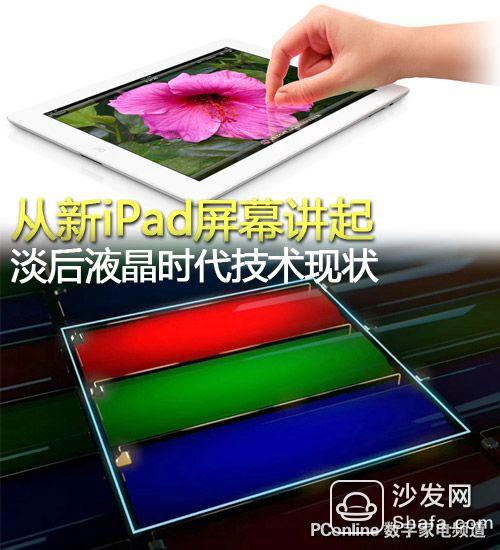
From the new iPad screen to talk about the technology status of the LCD technology era 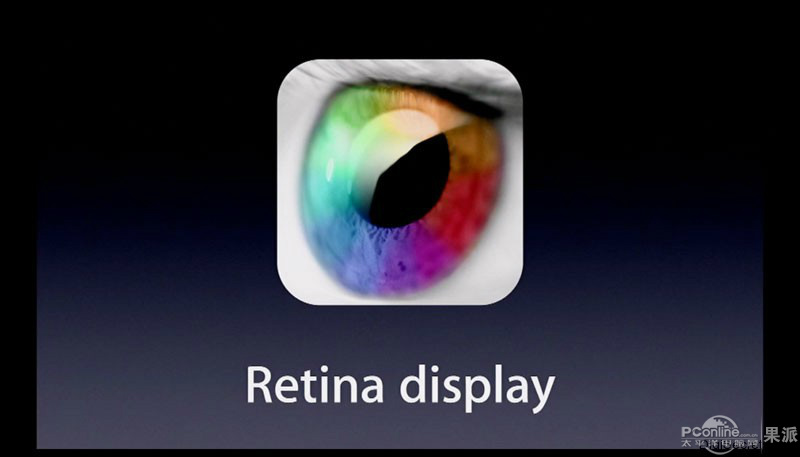


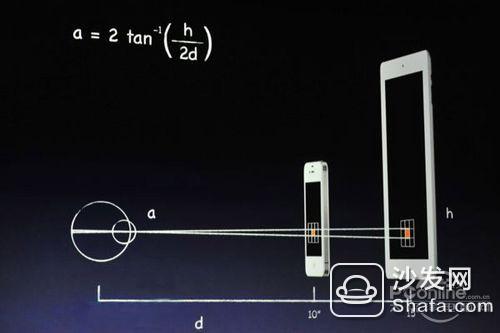



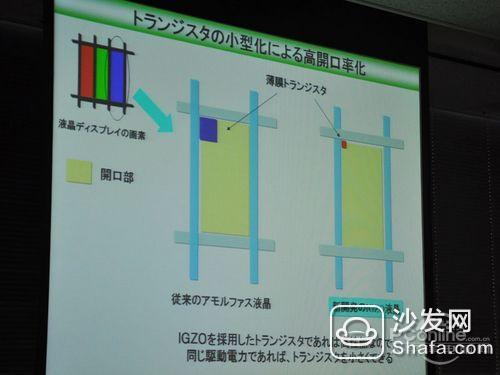
The new IGZO LCD technology is also one of Sharp's strategies 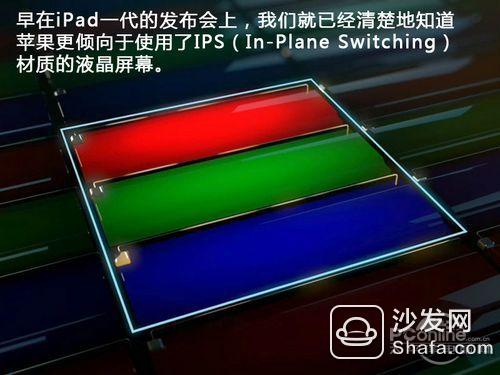




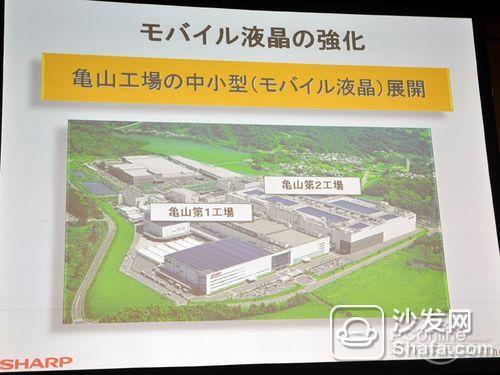
Sharp's panel production is gradually miniaturized
If each ONU uses more than one optical fiber to connect to the ODN, then there is more than one physical interface. The ONU service function block provides user-side functions, which includes providing user service interfaces and adapting user information to the form of 64kbit/s or n×64kbit/s; this function block can serve one or several users and can be based on The physical interface provides signaling conversion function. ONU general function blocks provide power supply functions and system operation, management and maintenance (OAM) functions. The power supply function includes AC to DC or DC to AC, and the power supply mode is local power supply or remote power supply. Several ONUs can share a power supply. ONUs should also work normally when powered by a backup power supply.
From the new iPad screen talk about the status of technology after the LCD era
1 Why Retina Retina Screen? Back to top
2 High-definition screen is the new development trend Back to the top
3 What is the new iPad screen material? Back to top
4 development direction of LCD panel back to the top